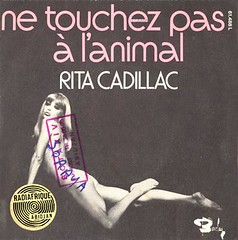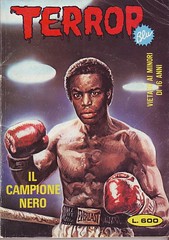“Can desire, the anticipation of pleasure, ever truly be photographed? No one has done it as well as Chas Ray Krider, and no one has equaled his blend of salaciousness and subtlety.” — Esparbec, writer, Paris 2007
A new book by “Motel Fetish” Chas Ray Krider
Chas has a blog with photos like this one. His latest book, Do not Disturb, was published by French imprint/bookseller La Musardine. For a good Esparbec cover, click here.









